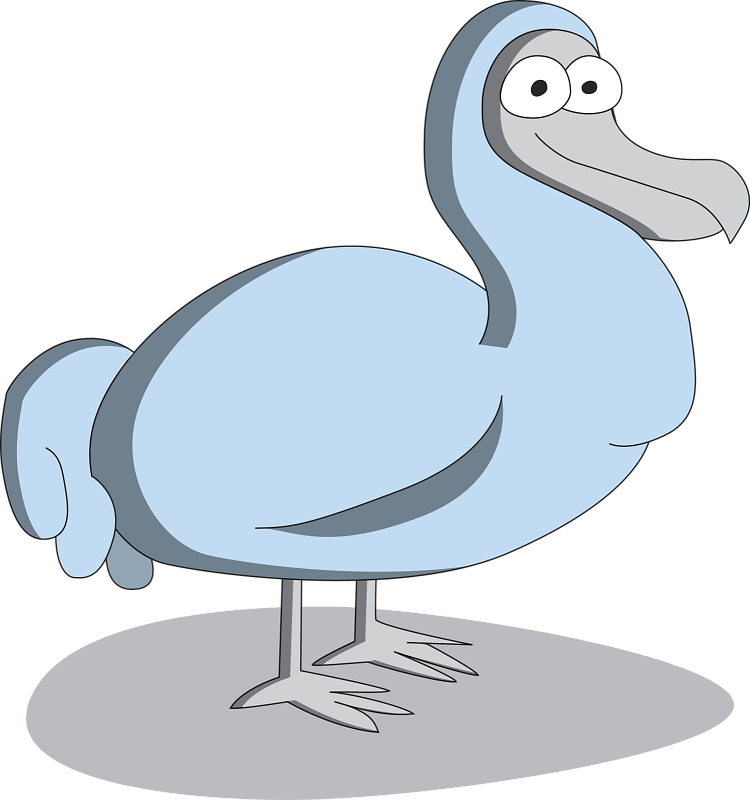A Tale of Extinction and Conservation
The dodo bird, famously known for its tragic tale of extinction, has captured the imagination of people worldwide. Native to the island of Mauritius in the Indian Ocean, the dodo bird became extinct by the late 17th century due to human activity. Despite its demise centuries ago, the dodo continues to be a symbol of the consequences of unchecked human impact on the environment and the urgent need for conservation efforts.
The dodo bird was first encountered by Dutch sailors in the late 16th century during the Age of Exploration. Standing about 3 feet tall and weighing around 50 pounds, the dodo was a flightless bird with a distinctive appearance, featuring a large hooked beak, stout body, and short wings.
Mauritius, isolated from mainland Africa, was once a haven for unique flora and fauna, including the dodo. With no natural predators, the dodo evolved in an environment where flight was unnecessary for survival. It primarily fed on fruits and nested on the ground.
The arrival of humans and other invasive species to Mauritius spelled doom for the dodo. Sailors brought rats, pigs, and monkeys, which preyed on dodo eggs and competed for resources. Additionally, human hunting and habitat destruction led to the rapid decline of the dodo population. By the late 17th century, the dodo was extinct.
Despite its brief encounter with humanity, the dodo left a lasting impact on culture and science. Its peculiar appearance and unfortunate fate have been immortalized in literature, art, and popular culture. The dodo serves as a cautionary tale about the consequences of human actions on vulnerable species.
While the dodo cannot be brought back from extinction, its legacy has spurred conservation efforts worldwide. The story of the dodo serves as a reminder of the importance of preserving biodiversity and protecting endangered species. Conservationists work tirelessly to prevent similar fates for other vulnerable animals and ecosystems.
The dodo bird may be gone, but its memory lives on as a symbol of human-induced extinction and the importance of conservation. By learning from the mistakes of the past, we can strive to protect and preserve the diverse array of life on our planet for future generations.

